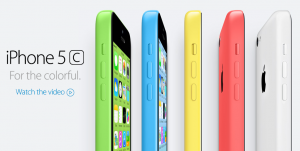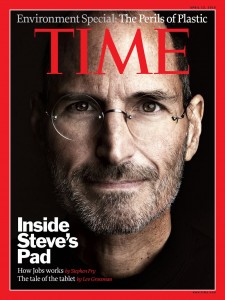On September 11, 2013, Apple released iPhone 5s and iPhone 5c in California. The release of iPhone 5c actually carves a low-priced product line, which will seriously affect Apples’ existing market share. With the leadership of Steve Jobs before, Apple was concentrating on differentiate their products by three key elements: design, access to content via iTunes and brand prestige. They provided deliberate design electronic devices with high technology, which targeted the high-end market. When these devices were used by icons in various field, public would start to follow the trend. That was how it boosted Apple’s market share.
However, the new low-priced iPhone 5c seems a shift of Apple’s marketing strategy, which is all about market segmentation. According to Porter’s Generic Strategies, Apple is trying to switch from differentiation strategy to cost leadership strategy. The release of iPhone 5c is the product with a relatively lower price, which targets the low-end market. Nonetheless, the strategy shift is risky. It is not only a shift in marketing strategy, but also a shift in Apple’s culture. It may even lead to a decline in its market share, because consumers will not purchase products from a company that is no longer a marvel in the industry. For the same reason, we should also expect that many employees to leave.
You can’t have your cake and eat it too. Every company should focus on its own target market, rather than disperse to the whole market. Otherwise, the loss may outweigh the gain.
http://www.bbc.com/capital/story/20130904-the-end-of-apple-as-we-know-it



